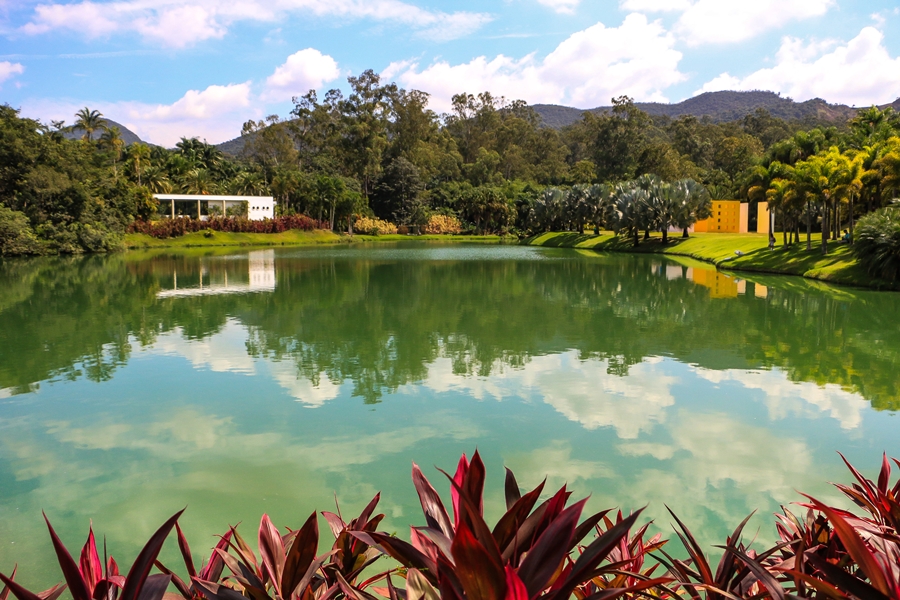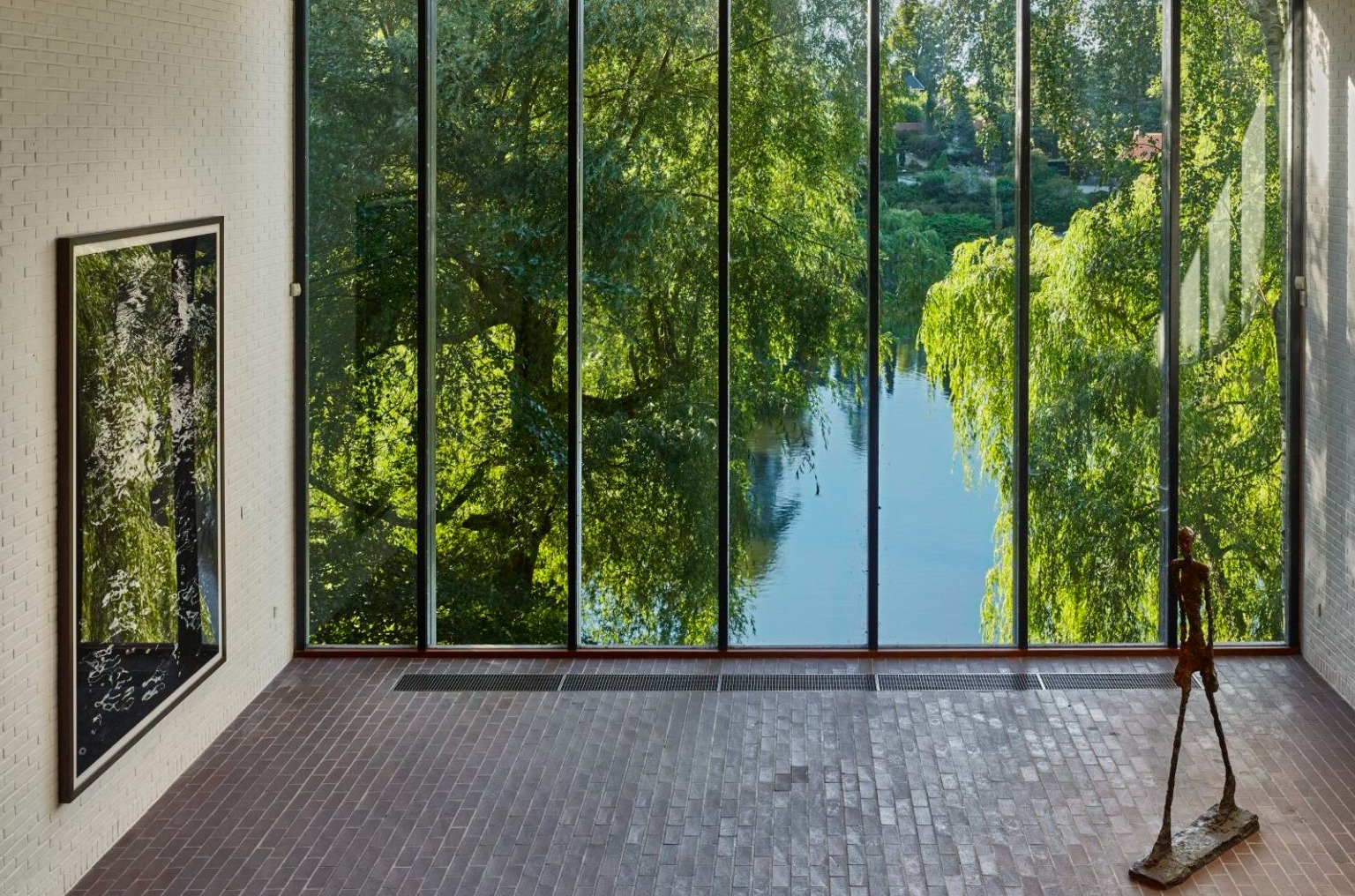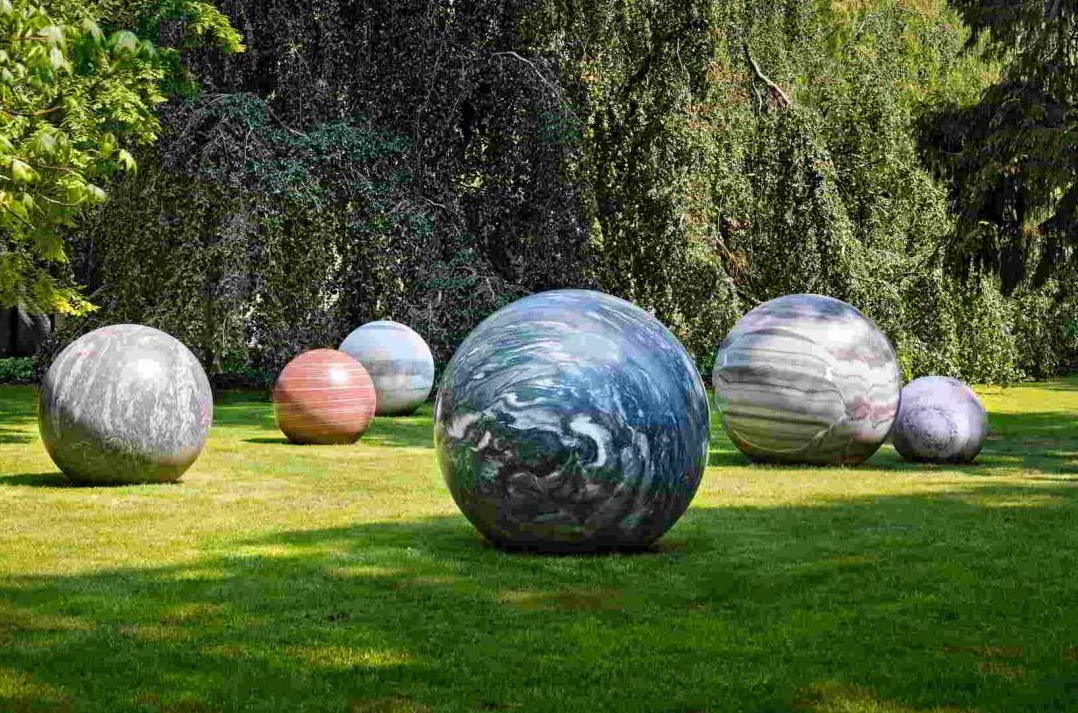Land art is by nature mysterious. You usually need to travel to a specific location, often far and secluded to see the work. Furthermore, land art needs to be experienced, images will never render reality. It’s an art form that has been around since the 1960s with artists such as Robert Smithson, Walter De Maria, Agnes Denes… In recent years, with environmental issues being at the forefront of the discussions, the question is coming up to whether land art is still relevant and what the future holds.
One of the most famous land art work on Great Salt Lake in Utah.
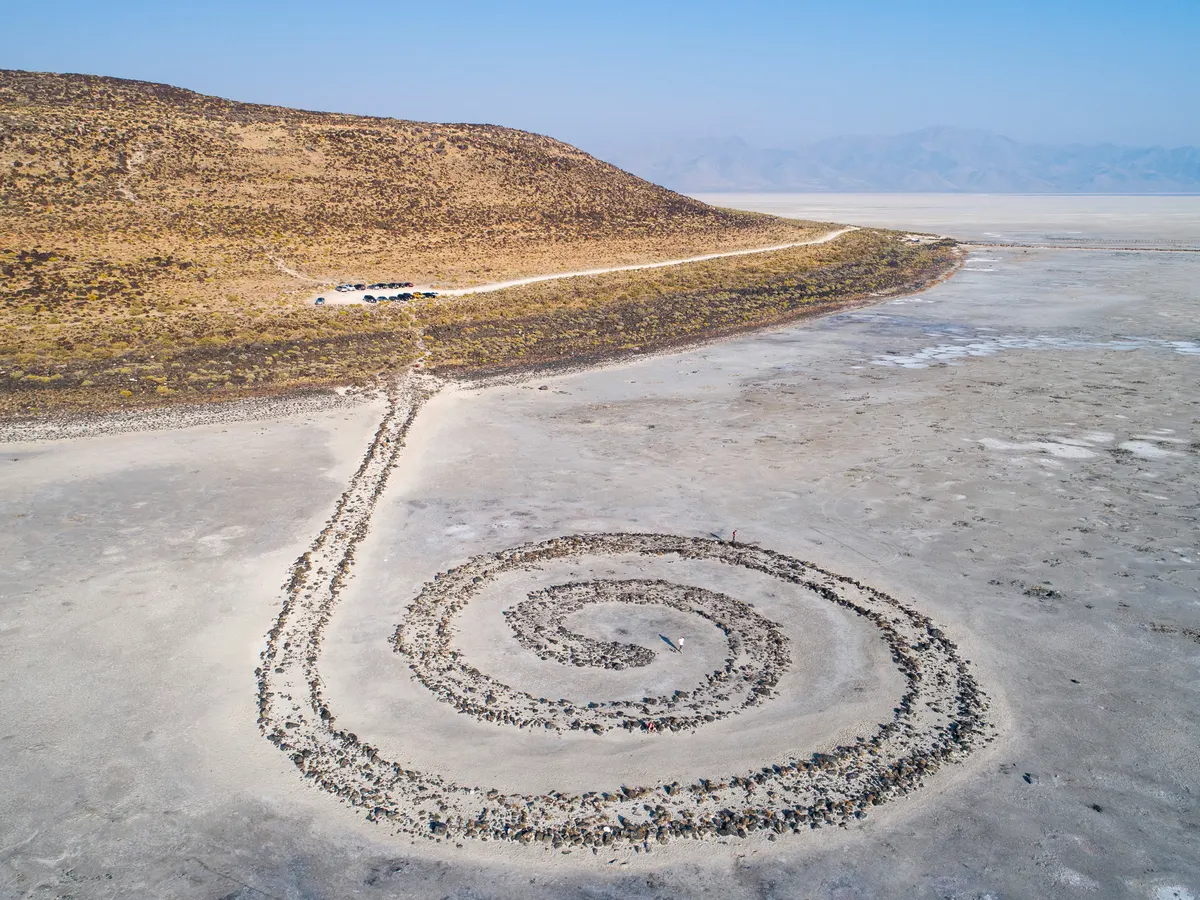
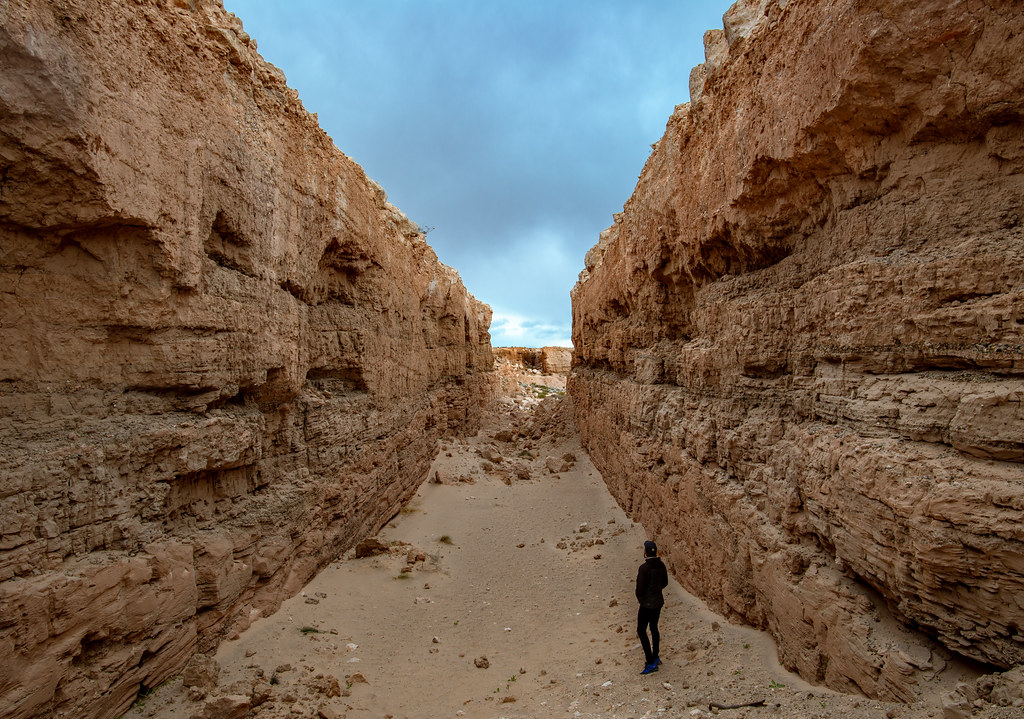
Double Negative was constructed by Michael Heizer in the Nevada desert in 1969 and remains one of the few still extant examples of what are commonly referred to as earthworks, land art, or environmental sculpture. The land art movement first appeared in the late 1960s and served to challenge the location, material, size, and temporal existence of a work of art. Double Negative consists of two long straight trenches, 30 feet wide and 50 feet deep, cut into the “tabletop” of Mormon Mesa, displacing 240,000 tons of desert sandstone. The cuts face each other across an indentation in the plateaus’ scalloped perimeter, forming a continuous image, a thick linear volume that bridges and combines the “negative” space between them.
“Sun Tunnels, 1973–76, is built on forty acres, which I bought in 1974 specifically as a site for the work. The land is in the Great Basin Desert in northwestern Utah. Sun Tunnels marks the yearly extreme positions of the sun on the horizon—the tunnels being aligned with the angles of the rising and setting of the sun on the days of the solstices, around June 21st and December 21st. On those days the sun is centered through the tunnels, and is nearly center for about ten days before and after the solstices.”
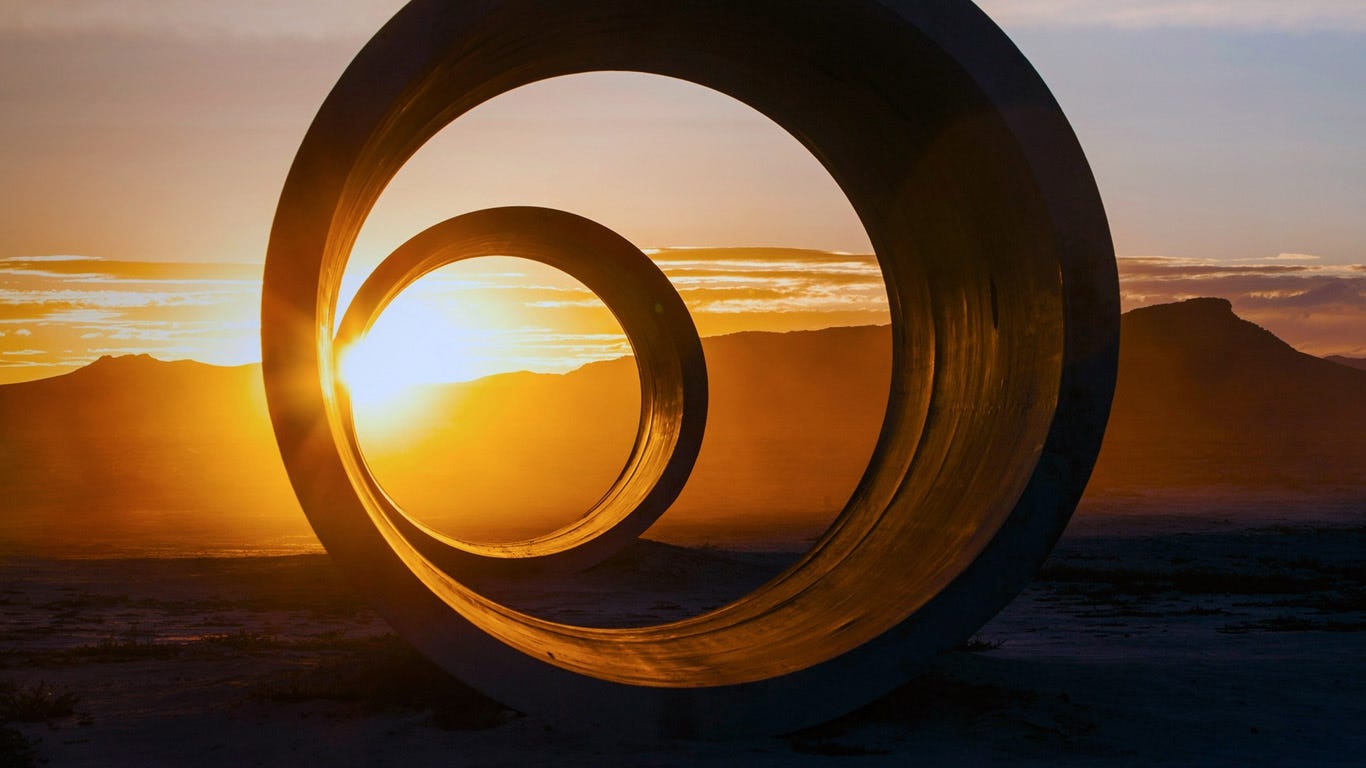
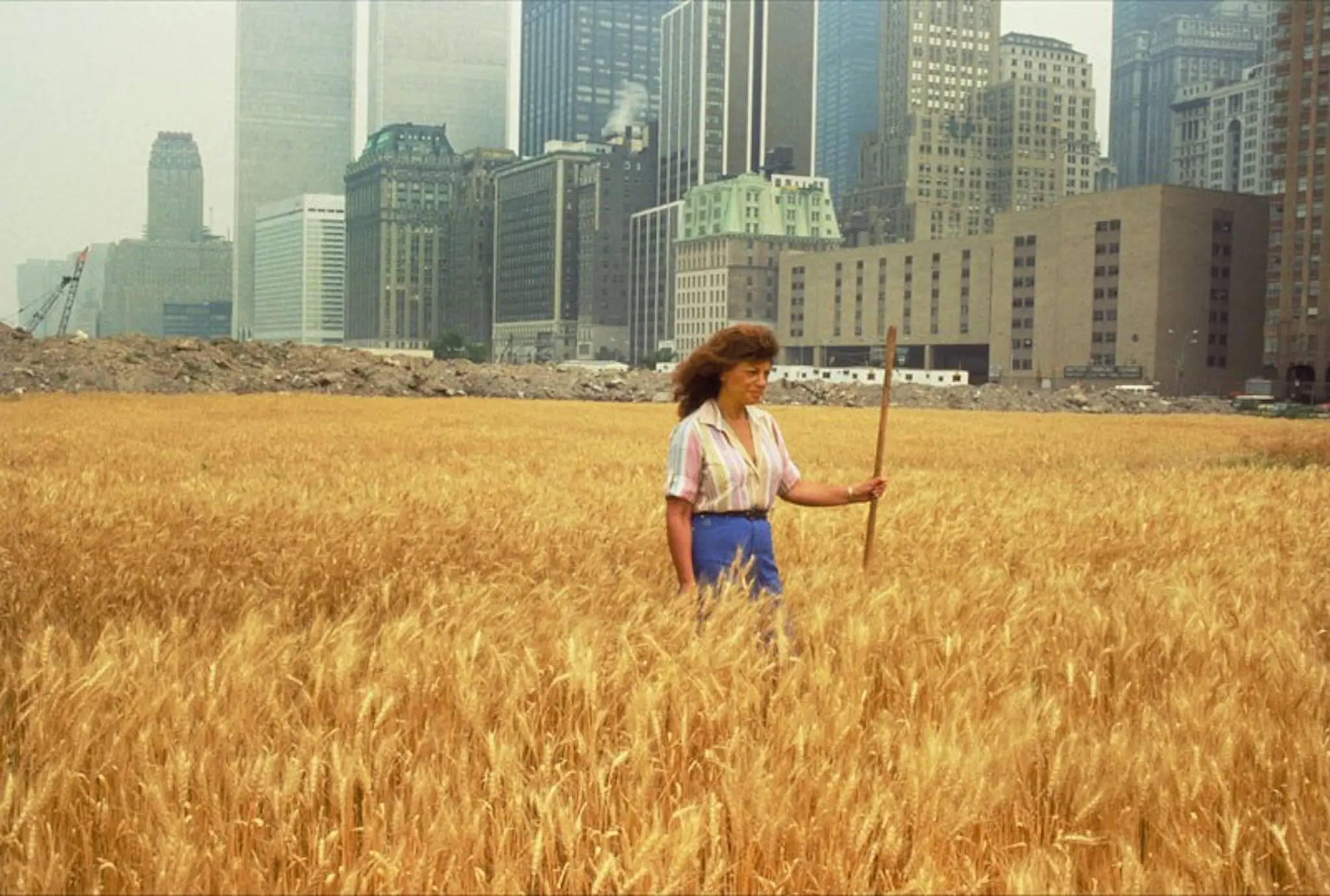
Agnes Denes’s most enduring legacy might be her most ephemeral work: Wheatfield – A Confrontation (1982). The installation took place in New York’s downtown, in the shadow of a skyline synonymous with success.
Wheatfield was a call to action; in Denes’s words, an invitation for people to “rethink their priorities and realize that unless human values were reassessed, the quality of life, even life itself, was in danger”
City is the mammoth artwork by Michael Heizer in the brutal Nevada desert about 3h north-west of Las Vegas. The City opened in 2022 after 50 years of work. After its completion, it sparked controversy for being erected on the ancestral territories of the Southern Paiute and Western Shoshoni people.
City by Michael Heizer
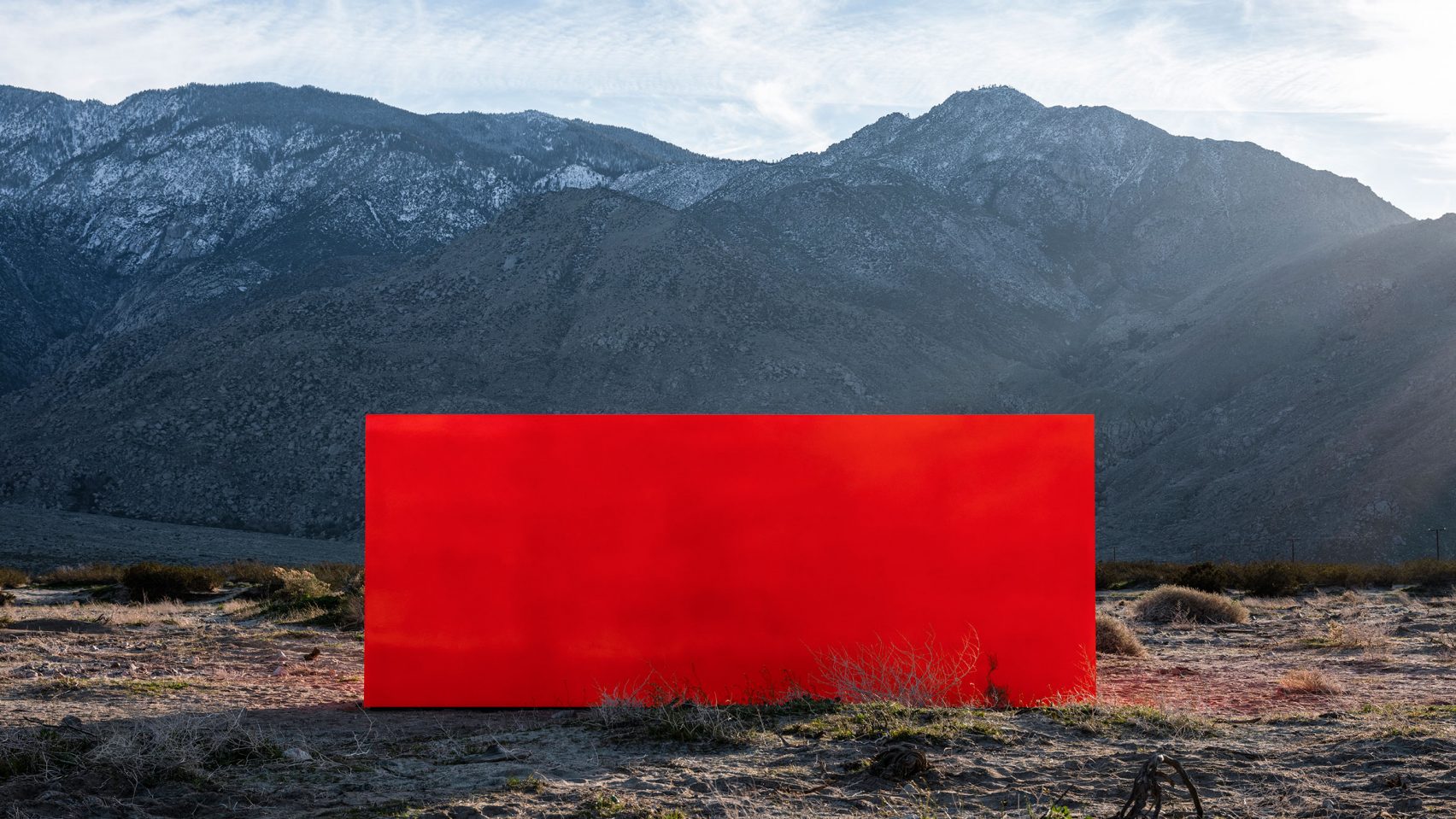
Desert X is an ambitious contemporary art biennial spread over 55 miles of southern California’s Coachella Valley. Artists including Sterling Ruby (featured here), John Gerrard and Pia Camil have participated in the second edition of Desert X, following the inaugural event in 2017.
Set amid 500,000 acres of botanical gardens near Belo Horizonte, the Inhotim Institute is Brazil’s largest outdoor contemporary art museum.The Centro de Arte Contemporânea Inhotim was founded by mining magnate Bernardo Paz and designed by the late landscape artist Roberto Burle Marx, Paz′s friend. It opened to the public in 2006. The collection is a mix of works from Brazilian and international artists, including Olafur Eliasson, Doug Aitken, Vik Muniz, Anish Kapoor and Adriana Varejão. Many of the pavilions are works of art in themselves – one resembles an igloo, another a floating block of concrete.
